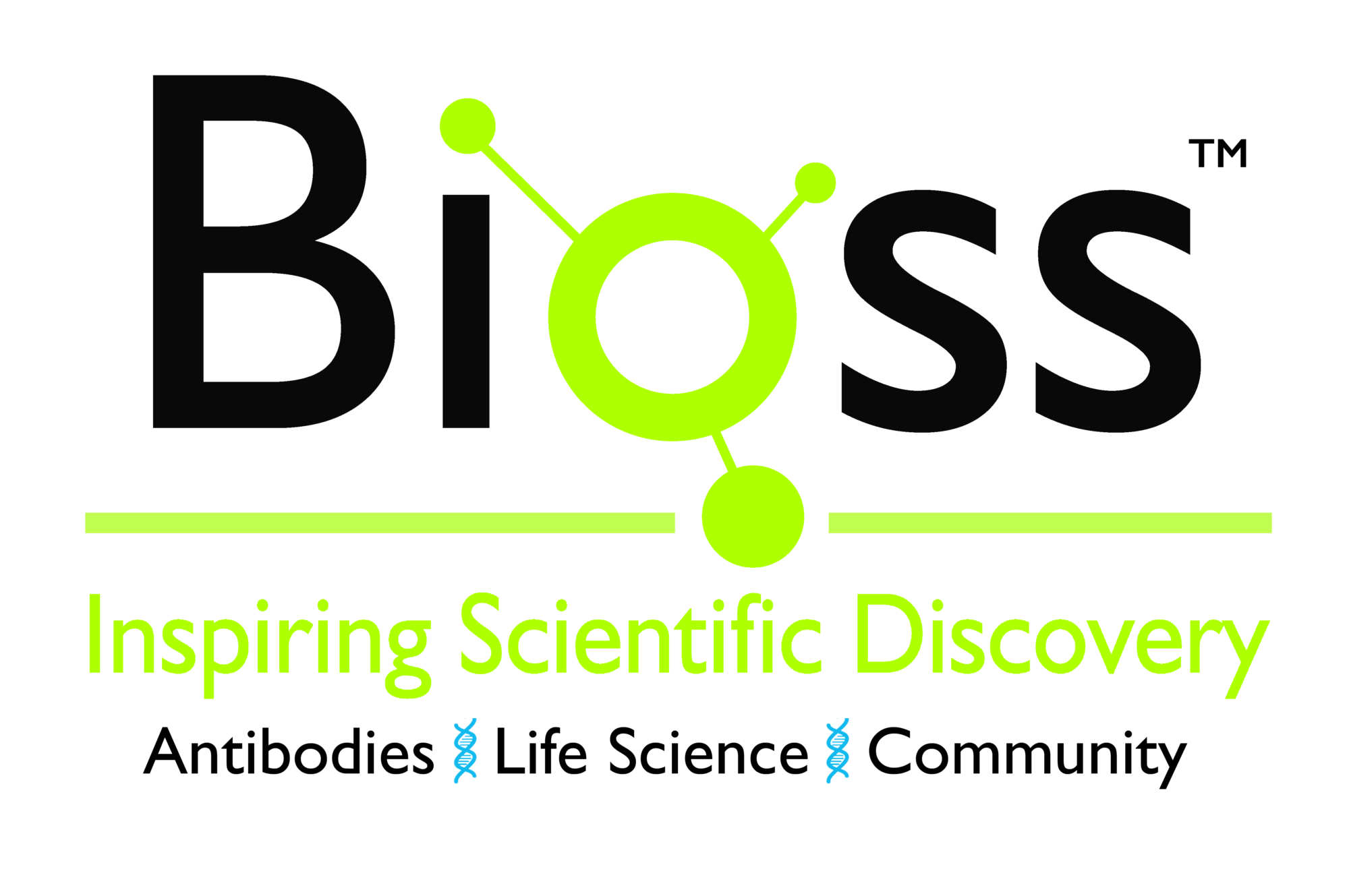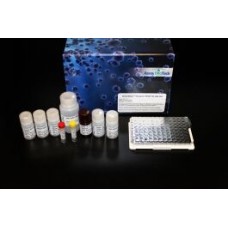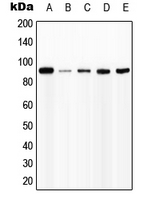Interferon gamma Receptor 1 antibody
GTX10745
ApplicationsImmunoFluorescence, Western Blot, ELISA, ImmunoCytoChemistry, Neutralisation/Blocking
Product group Antibodies
ReactivityHuman
TargetIFNGR1
Overview
- SupplierGeneTex
- Product NameInterferon gamma Receptor 1 antibody
- Delivery Days Customer9
- Application Supplier NoteWB: 0.1 microg/ml. ICC/IF: 5-15 microg/ml. *Optimal dilutions/concentrations should be determined by the researcher.Not tested in other applications.
- ApplicationsImmunoFluorescence, Western Blot, ELISA, ImmunoCytoChemistry, Neutralisation/Blocking
- CertificationResearch Use Only
- ClonalityPolyclonal
- ConjugateUnconjugated
- Gene ID3459
- Target nameIFNGR1
- Target descriptioninterferon gamma receptor 1
- Target synonymsCD119, IFNGR, IMD27A, IMD27B, interferon gamma receptor 1, AVP, type 2, CD119 antigen, CDw119, IFN-gamma receptor 1, IFN-gamma-R-alpha, IFN-gamma-R1, antiviral protein, type 2, immune interferon receptor 1, interferon-gamma receptor alpha chain
- HostGoat
- IsotypeIgG
- Protein IDP15260
- Protein NameInterferon gamma receptor 1
- Scientific DescriptionThe IFNG receptor complex is composed of two type I membrane proteins, IFNGRI (IFNGR alpha) and IFNGR2 (IFNGR beta). Both receptor proteins are members of the type II cytokine receptor family and share 52% overall sequence identity. The IFNG receptor is constitutively expressed in most cell types. Soluble IFNG has been detected in biological fluids. IFNG R1 is required for ligand-binding and signaling. It binds to IFNG with high affinity and is a potent IFNG antagonist. In signal transduction, IFNG induces tyrosine phosphorylation of IFNG R1 leading to the formation of a docking site on the activated receptor for Stat1, which specifically activates IFNg-induced gene transcription. Human IFNGRI, a 227 amino acid residue protein, has a calculated molecular mass of approximately 25 kDa. As a result of glycosylation, the recombinant IFNGRI migrates as a 40 to 50 kDa protein in SDS-PAGE. Human and mouse IFNGRI share approximately 52% amino acid sequence identity and each interacts with IFNG in a strictly species-specific manner.
- ReactivityHuman
- Storage Instruction-20°C or -80°C,2°C to 8°C
- UNSPSC12352203





